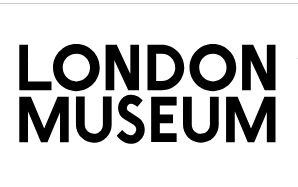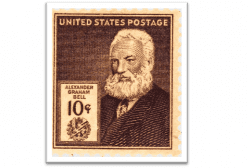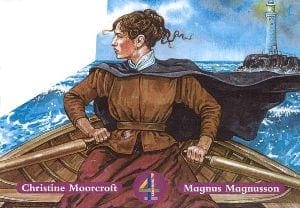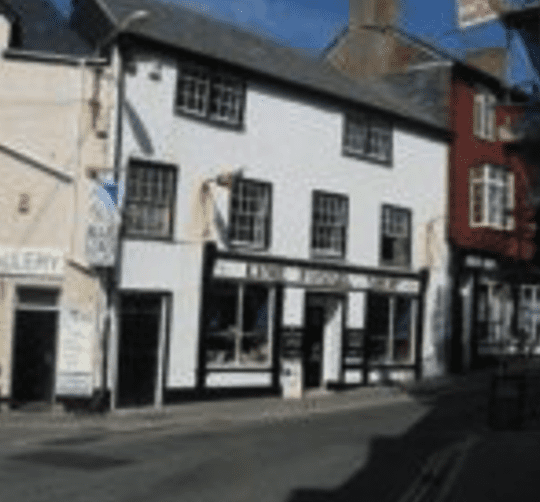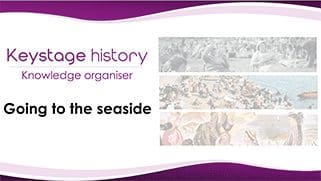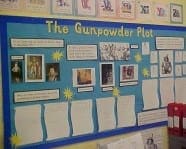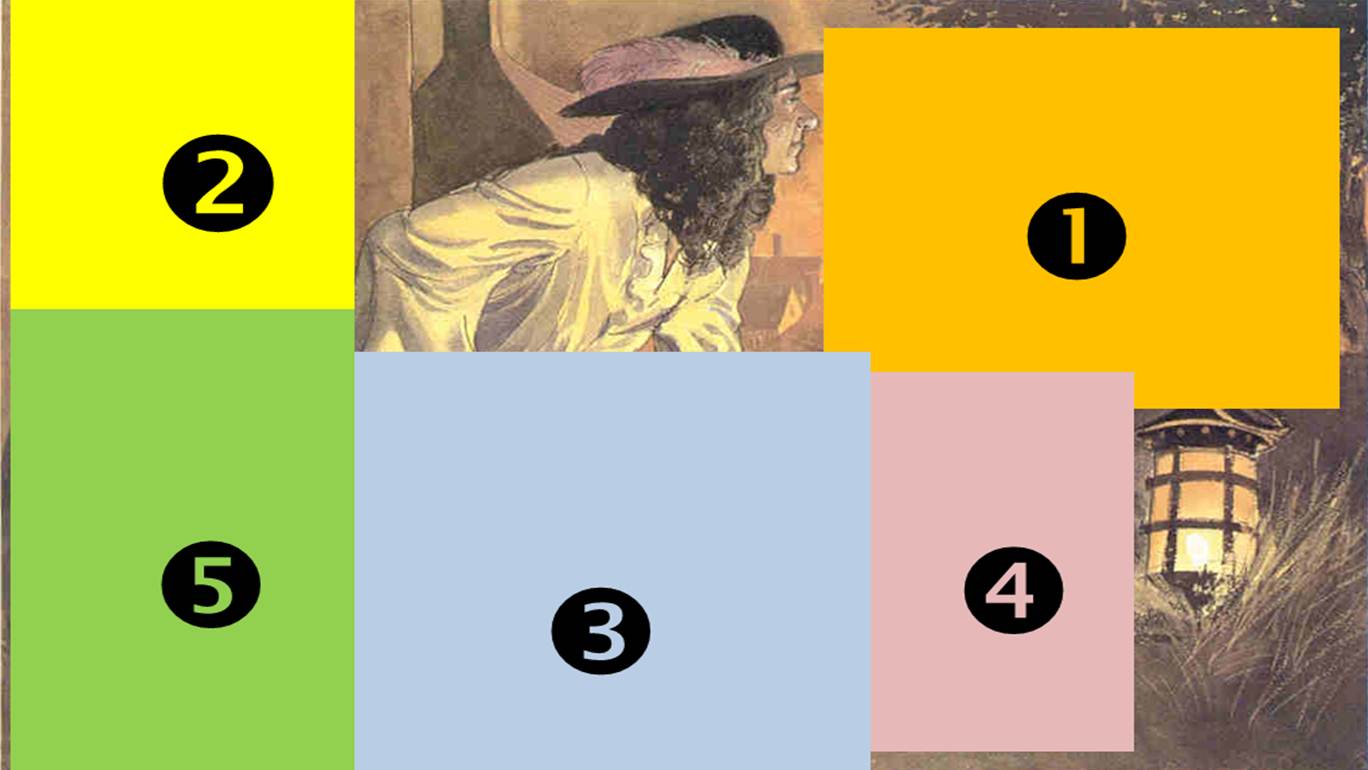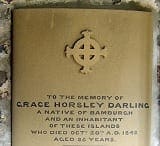
There are two distinct elements to this session.
Firstly, pupils develop a sense of period and of evidence by thinking about the sources historians would use to find out about Grace Darling.
Secondly, pupils act as history detectives, hunting down the clues which support the statements about Grace made in the textbooks.
Learning objectives
- Children understand that we have newspaper accounts and museum objects, but not film
- Children understand idea of a museum having relevant objects
Step 1
Start with asking pupils how they think we know about Grace Darling’s rescue, when it happened so long ago and there’s no-one alive now who was there at the time. This will focus pupils’ thinking on the types of evidence that were available then and help them to avoid thinking anachronistically. You can make this fun by hamming it up, for example, through ‘Would they have had X in those days?’ question

